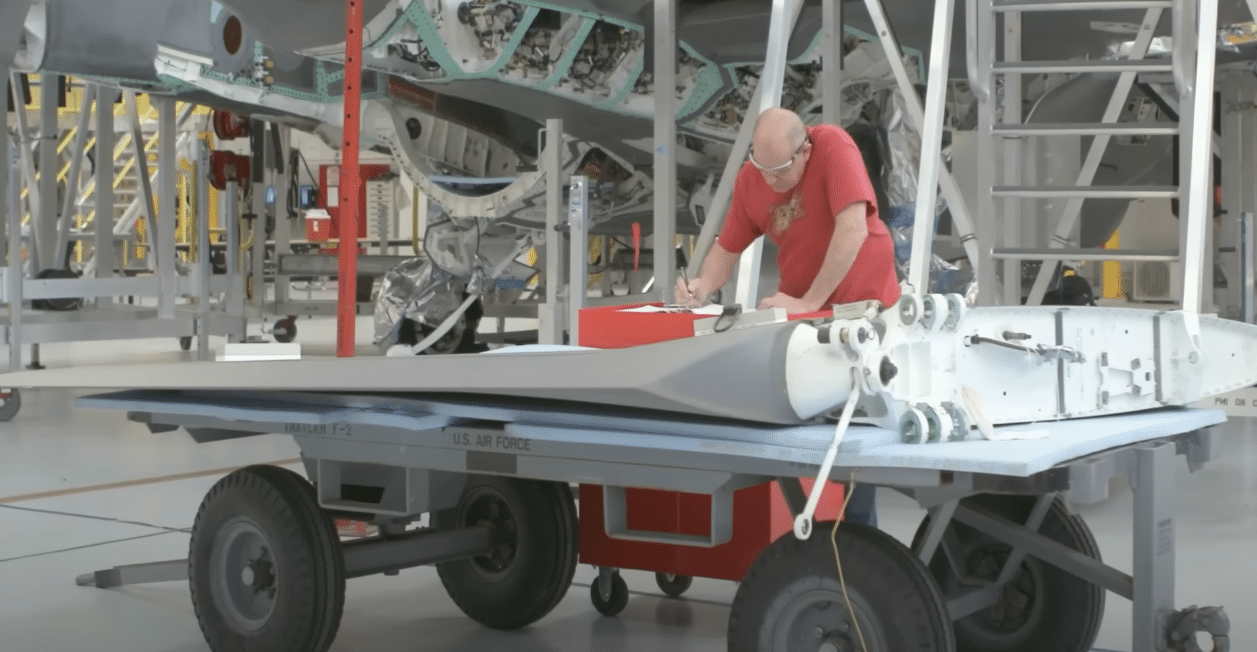
YouTube / PilotPhotog
5th-Generation fighters like the F-35 are essentially flying data centers. A power-hungry machine like the Lightning II needs a top-of-the-line cooling solution to keep its electronics from overheating.
As such, its jet engines play a vital role since it extracts compressed air and passes it through heat exchangers to transfer heat away from the electronics. This is called “Bleed Air” and is an essential component of jet engine design.

Since the F-35 is expected to serve well into the 2070s, the 5th-gen fighter is constantly undergoing enhancements called “Blocks.” We’ve seen the Lightning II receive three block upgrades so far, the next being Block 4.

The new upgrades will introduce more computing power, processing power, and memory compared to its predecessors, meaning it needs even more cooling capacity than before.
The F-35’s F-135 engine initially allocated 15 kilowatts of bleed air extraction to support cooling requirements. However, after the most recent upgrades, it was clear that the F-35’s engines were inadequate to support the Block 4 package. Moreover, the 5th Block upgrade is expected to increase its power consumption by 20% to 30% more.

In response, Pratt & Whitney developed the Engine Core Upgrade, which can be applied to existing and future-built F-135 engines. The ECU is intended to work alongside additional power and thermal management upgrades or PTMS.

Collins Aerospace, a division of Raytheon (the parent company of P&W), is also developing an enhanced cooling power and cooling system called “EPACS.”
Combined with the PTMS upgrade, they’re confident that the Lightning II will have 80 kilowatts of cooling capacity. The new change is more than enough to meet the cooling demands for the lifetime of the F-35 program.
Regardless, the Air Force has been exploring new engine options for the F-35 under the Adaptive Engine Transition Program. The new engines are designed to dynamically switch between high-performance and high-efficiency modes depending on operational circumstances.
General Electric already has the prototype XA-100, while Pratt & Whitney has the XA-101. These adaptive engines could boost the Lightning’s speed by 20% and range by 30% while doubling its thermal management capabilities.

If accepted, this would mean that the F-35 would have to maintain two different engine designs from two manufacturers, making maintenance and sourcing of parts very difficult.
For now, Congress is leaning towards the Pratt & Whitney ECU upgrades for the F-135 engines. These upgrades would cost $2 billion but save $40 billion over the F-35’s lifetime.